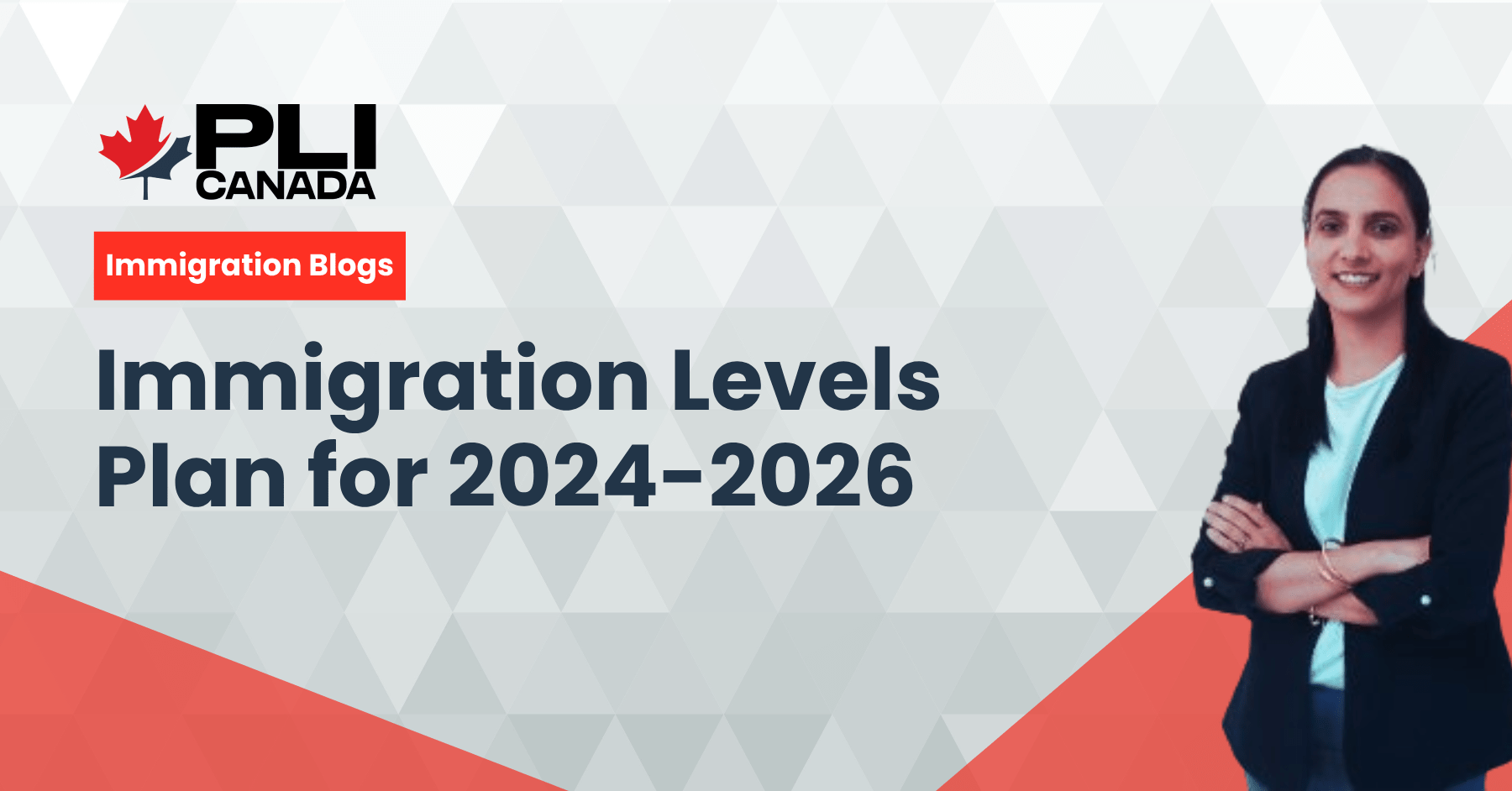Recognized Employer Pilot Program: Jan 19, 2024

Recognized Employer Pilot Program is 3-year pilot program with 2 phases for the employers who need to hire temporary foreign workers and are in compliant with Temporary foreign worker program. Phase first started on September 12, 2023, and second phase is all set to begin accepting applications as of January 2024.
REP program is focused on simplifying process of getting Labour Market Impact Assessments. Any employer who has received three positive LMIAs in last five years and is hiring Temporary Foreign workers for occupations designated as “in-shortage” in Canadian Occupations Projection System is qualified under this program.
Employers who become eligible for this program, will have following benefits:
- Employers eligible for REP will receive LMIAs valid for 36 months which is usually 18months.
- The process of LMIA will be simplified and quicker.
- Less point of contact between the employer and ESDC.
- A job bank designation that would show eligible employers’ recognized status.
This pilot will help employers get easy LMIAs and help shorten labour gaps.
Need help with
Canadian
Immigration?
Need help with
Canadian
Immigration?
Canada’s Immigration Plan 2024-2026: Steady Targets and Bold Strategies

Canada has unveiled its Immigration Levels Plan for 2024-2026, and it promises to maintain the country’s commitment to welcoming newcomers while adapting to the ever-changing immigration landscape. This blog will explore the key highlights of Canada’s latest immigration plan, its objectives, and its potential impact on the nation.
Steady Immigration Targets
Canada’s immigration goals for the next three years remain consistent with its previous plan. In 2024, the country aims to admit 485,000 new immigrants, a number that will rise to 500,000 in both 2025 and 2026. This steadfast commitment to high levels of immigration showcases Canada’s unwavering dedication to supporting its diverse and growing population.
Breaking Down the Targets by Class
The Immigration Levels Plan offers a detailed breakdown of targets within different immigration classes:
- Economic Class: In 2024, approximately 281,135 immigrants are targeted under this class, comprising 58% of the annual goal. By 2026, this number will increase to 301,250, accounting for 60% of the annual target.
- Family Class: With a target of 114,000 immigrants in 2024, this class represents 24% of all admissions. The goal for 2026 is to admit 118,000 immigrants, maintaining the same 24% share.
- Humanitarian Admissions: In 2024, the target is set at 89,865 immigrants, making up about 19% of all admissions. This category encompasses refugees, protected persons, and those admitted for humanitarian, compassionate, or other reasons. By 2026, the target will be 80,832 immigrants, amounting to 16% of admissions.
Express Entry and Provincial Nominee Program (PNP) Targets
The Express Entry program will admit 110,700 permanent residents in 2024 and plans to increase this number to 117,500 immigrants in both 2025 and 2026. Meanwhile, the Provincial Nominee Program (PNP) aims to welcome 110,000 immigrants in 2024, escalating to 120,000 in 2025 and 2026.
Sponsorship and Parents and Grandparents Program (PGP)
Sponsorship programs are essential for family reunification in Canada. The target for Spousal, Partner, and Children sponsorship is 82,000 admissions in 2024, and this will rise to 84,000 in both 2025 and 2026. The Parents and Grandparents Program (PGP) aims to admit 32,000 immigrants in 2024, with plans to increase this to 34,000 immigrants in 2025 and 2026.
Government’s Stabilization Efforts
The Canadian government’s decision to maintain consistent immigration targets is based on a strategic vision. The government aims to balance economic growth with the challenges presented in areas like housing, healthcare, and infrastructure. Starting in 2026, the plan is to stabilize permanent resident levels at 500,000, allowing time for newcomers to successfully integrate while contributing to Canada’s labor market.
A Legal Requirement and Mission
Under the Immigration and Refugees Protection Act (IRPA), the Canadian federal government is obligated to release its annual immigration plan by November 1 in non-election years. The Immigration Levels Plan serves as a guiding document for the number of new permanent residents to be admitted into Canada within the economic, family, and humanitarian classes over the next three years. This plan aligns with the mission of Immigration, Refugees, and Citizenship Canada (IRCC) to bolster Canada’s economy, reunite families, and provide a safe haven for those seeking refuge from oppression or humanitarian crises.
A Vision for the Future
Canada’s Immigration Levels Plan 2024-2026 demonstrates a strategic approach to immigration that prioritizes sustainability, economic growth, and the well-being of newcomers. By maintaining steady immigration targets, Canada continues its legacy of being a welcoming and diverse nation.
A New Strategy for Improved Immigration
The release of the Immigration Levels Plan coincides with Canada’s unveiling of a new strategy to enhance its immigration system. Titled “An Immigration System for Canada’s Future,” this strategy focuses on three major goals:
- Creating a Welcoming Experience: The strategy aims to deliver a more pleasant and user-friendly experience for newcomers, ensuring a smoother transition into Canadian society.
- Aligning with Labor Market Needs: The plan emphasizes the need to align immigration policies with Canada’s skills and labor requirements to foster economic growth.
- Comprehensive Growth Plan: IRCC intends to develop a coordinated growth plan that involves all levels of government, ensuring Canada can provide adequate housing, healthcare, and infrastructure for its growing population of newcomers.
Historical Context and Current Challenges
Canada’s immigration strategy has evolved over the years, with a growing emphasis on planning for future immigration. Despite affordability challenges and housing shortages, the government maintains high immigration targets due to the shortage of skilled labor, a low birth rate, and the imminent retirement of millions of Canadian workers.
Newcomers continue to play a vital role in addressing labor force gaps, with recent data showing a significant number of vacant jobs in Canada. To attract economic immigrants best suited to close the labor force gap, IRCC has introduced category-based selection rounds of invitations for Express Entry candidates with in-demand skills and the ability to promote the French language outside of Quebec.
In conclusion, Canada’s Immigration Levels Plan 2024-2026 reflects the nation’s commitment to continued growth and diversity. By maintaining high immigration targets and introducing innovative strategies, Canada is poised to meet its labor force needs and provide a welcoming environment for newcomers in the years ahead.
About us
Pacific Link Immigration Services Inc. provides professional Canadian immigration consultancy services from Surrey, Canada.
Get expert consultancy for Canadian immigration matters. We provide on-site and virtual consulting services.